Subtotal: $545.90
Cisco Aironet 1542i Outdoor Access Point
Out of stock
- Semi-omnidirectional antenna
- 802.11ac Wave 2 support
- MU-MIMO 2×2, 2 spatial streams
- Flexible deployment with Mobility Express, as traditional APs, and in mesh networks
- Small but mighty, with Wave 2 supportCisco Aironet 1540 Series outdoor access points offer the latest 802.11ac Wave 2 functions in a rugged, ultra-low-profile housing that service providers and enterprises can deploy easily.The Cisco Aironet 1540 Series is ideal for applications requiring rugged outdoor Wi-Fi coverage and supports the latest 802.11ac Wave 2 radio standard. Housed in a compact, aesthetically pleasing, easy-to-deploy package, the 1540 Series offers flexible deployment options for service providers and enterprise networks that need the fastest links possible for mobile outdoor clients (smartphones, tablets, and laptops) and wireless backhaul. The 1540 Series access points give network operators the flexibility to balance their desired wireless coverage with their need for easy deployment.Whether deployed as a traditional access point or a wireless mesh access point, the 1540 Series provides the throughput capacity needed for today’s bandwidth-hungry devices.
SKU: AIR-AP1542I-E-K9
$54.57 $549.76
Out of stock
Compare-
Aironet 1540 Series, Cisco Access Points
Cisco Aironet 1542i Outdoor Access Point
- Semi-omnidirectional antenna
- 802.11ac Wave 2 support
- MU-MIMO 2×2, 2 spatial streams
- Flexible deployment with Mobility Express, as traditional APs, and in mesh networks
- Small but mighty, with Wave 2 supportCisco Aironet 1540 Series outdoor access points offer the latest 802.11ac Wave 2 functions in a rugged, ultra-low-profile housing that service providers and enterprises can deploy easily.The Cisco Aironet 1540 Series is ideal for applications requiring rugged outdoor Wi-Fi coverage and supports the latest 802.11ac Wave 2 radio standard. Housed in a compact, aesthetically pleasing, easy-to-deploy package, the 1540 Series offers flexible deployment options for service providers and enterprise networks that need the fastest links possible for mobile outdoor clients (smartphones, tablets, and laptops) and wireless backhaul. The 1540 Series access points give network operators the flexibility to balance their desired wireless coverage with their need for easy deployment.Whether deployed as a traditional access point or a wireless mesh access point, the 1540 Series provides the throughput capacity needed for today’s bandwidth-hungry devices.
SKU: AIR-AP1542I-E-K9
SKU: AIR-AP1542I-E-K9 -
Small Business Switches
Cisco SF110D-08 8-port 10/100Mbps Unmanaged Switch
- 8-Port 10/100 Desktop Switch
- Affordable 10/100/1000-Mbps speeds for even the most bandwidth-hungry applications
- 5- to 24-port models that are desktop or rack-mountable
- Power over Ethernet models to provide power to IP phones, access points, and other devices
- Works right out of the box: plug and play and no setup
- Build a fast
- Reliable network with this entry-level
- Low-cost, reliable switch that provides plug-and-play connectivity.
SKU: SF110D-08
SKU: SF110D-08
Features and Benefits
By adhering to the 802.11ac Wave 2 standard, the 1540 Series provides a data rate of up to 867 Mbps on the 5-GHz radio. This exceeds the data rates offered by access points that support the 802.11n standard. It also enables a total aggregate dual-radio data rate of up to 1.1 Gbps. This provides the necessary foundation for enterprise and service provider networks to stay ahead of the performance expectations and needs of their wireless users.
In recent years corporate users have increasingly preferred wireless access as the form of network connectivity due to its convenience. With this shift, there is an expectation that wireless should not slow down users’ day-to-day work, but should enable a high-performance experience. The 1540 Series delivers this performance with highly secure and reliable wireless connections for mobile end users.
| Feature | Benefit |
| Compact size | Enables deployment of the access point where it’s needed. The 1540 Series easily mounts to walls or light poles without disturbing the aesthetics of the area. |
| 802.11ac Wave 2 radio | Provides up to 867-Mbps data rates with 2 x 2 Multiuser Multiple-Input, Multiple-Output (MU-MIMO) with up to two spatial streams. |
| Multiuser MIMO (MU-MIMO) | Allows transmission of data to multiple 802.11ac Wave 2-capable clients simultaneously to improve client experience. Prior to the 802.11ac Wave 2 standard, access points could transmit data to only one client at a time, typically referred to as single-user MIMO. |
| Flexible deployment modes | Allows for deployment in a variety of ways, including as traditional access points and in mesh networks. The access points can also be deployed with the Cisco Mobility Express Solution. This deployment is ideal for small to medium-sized networks that that require 50 or fewer access points without a physical controller. All deployment modes are easy to set up and configure. |
Prominent Feature/Differentiator/Capability
The Cisco Aironet 1540 Series offers the following features:
- Compact, lightweight size: At just over 2.5 pounds (1 kg) and with a small footprint, the 1540 Series is one of the smallest outdoor access points with internal antennas.
- Low power consumption: Achieves full operation on standard 802.3af power (13.9W).
- Integrated antenna options: The 1540 Series offers two models with different antenna patterns to address a variety of use cases.
| Brands | Cisco Systems |
|---|
Technical Specifications:
| Item | Specification | ||||||||
| 802.11ac Wave 1 and 2 capabilities |
|
||||||||
| 802.11n (and related) capabilities |
|
||||||||
| Data rates supported | 802.11a: 6, 9, 12, 18, 24, 36, 48, and 54 Mbps 802.11b/g: 1, 2, 5.5, 6, 9, 11, 12, 18, 24, 36, 48, and 54 Mbps |
||||||||
| 802.11n data rates on 2.4 and 5 GHz: | |||||||||
| MCS Index | GI = 800 ns | GI = 400 ns | |||||||
| 20-MHz Rate (Mbps) | 40-MHz Rate (Mbps) | 20-MHz Rate (Mbps) | 40-MHz Rate (Mbps) | ||||||
| 0 | 6.5 | 13.5 | 7.2 | 15 | |||||
| 1 | 13 | 27 | 14.4 | 30 | |||||
| 2 | 19.5 | 40.5 | 21.7 | 45 | |||||
| 3 | 26 | 54 | 28.9 | 60 | |||||
| 4 | 39 | 81 | 43.3 | 90 | |||||
| 5 | 52 | 108 | 57.8 | 120 | |||||
| 6 | 58.5 | 121.5 | 65 | 135 | |||||
| 7 | 65 | 135 | 72.2 | 150 | |||||
| 8 | 13 | 27 | 14.4 | 30 | |||||
| 9 | 26 | 54 | 28.9 | 60 | |||||
| 10 | 39 | 81 | 43.3 | 90 | |||||
| 11 | 52 | 108 | 57.8 | 120 | |||||
| 12 | 78 | 162 | 86.7 | 180 | |||||
| 13 | 104 | 216 | 115.6 | 240 | |||||
| 14 | 117 | 243 | 130 | 270 | |||||
| 15 | 130 | 270 | 144.4 | 300 | |||||
| 802.11ac Data Rates (5 GHz) | |||||||||
| MCS Index | Spatial Streams | GI = 800 ns | GI = 400 ns | ||||||
| 20-MHz Rate (Mbps) | 40-MHz Rate (Mbps) | 80-MHz Rate (Mbps) | 20-MHz Rate (Mbps) | 40-MHz Rate (Mbps) | 80-MHz Rate (Mbps) | ||||
| 0 | 1 | 6.5 | 13.5 | 29.3 | 7.2 | 15 | 32.5 | ||
| 1 | 1 | 13 | 27 | 58.5 | 14.4 | 30 | 65 | ||
| 2 | 1 | 19.5 | 40.5 | 87.8 | 21.7 | 45 | 97.5 | ||
| 3 | 1 | 26 | 54 | 117 | 28.9 | 60 | 130 | ||
| 4 | 1 | 39 | 81 | 175.5 | 43.3 | 90 | 195 | ||
| 5 | 1 | 52 | 108 | 234 | 57.8 | 120 | 260 | ||
| 6 | 1 | 58.5 | 121.5 | 263.3 | 65 | 135 | 292.5 | ||
| 7 | 1 | 65 | 135 | 292.5 | 72.2 | 150 | 325 | ||
| 8 | 1 | 78 | 162 | 351 | 86.7 | 180 | 390 | ||
| 9 | 1 | – | 180 | 390 | – | 200 | 433.3 | ||
| 0 | 2 | 13 | 27 | 58.5 | 14.4 | 30 | 65 | ||
| 1 | 2 | 26 | 54 | 117 | 28.9 | 60 | 130 | ||
| 2 | 2 | 39 | 81 | 175.5 | 43.3 | 90 | 195 | ||
| 3 | 2 | 52 | 108 | 234 | 57.8 | 120 | 260 | ||
| 4 | 2 | 78 | 162 | 351 | 86.7 | 180 | 390 | ||
| 5 | 2 | 104 | 216 | 468 | 115.6 | 240 | 520 | ||
| 6 | 2 | 117 | 243 | 526.5 | 130 | 270 | 585 | ||
| 7 | 2 | 130 | 270 | 585 | 144.4 | 300 | 650 | ||
| 8 | 2 | 156 | 324 | 702 | 173.3 | 360 | 780 | ||
| 9 | 2 | – | 360 | 780 | – | 400 | 866.7 | ||
| Maximum number of non-overlapping channels | A (A regulatory domain):
B (B regulatory domain):
C (C regulatory domain):
D (D regulatory domain):
E (E regulatory domain):
F (F regulatory domain):
G (G regulatory domain):
H (H regulatory domain):
I (I regulatory domain):
|
K (K regulatory domain):
L (L regulatory domain):
M (M regulatory domain):
N (N regulatory domain):
Q (Q regulatory domain):
R (R regulatory domain):
S (S regulatory domain):
T (T regulatory domain):
Z (Z regulatory domain):
|
|||||||
| Note: This varies by regulatory domain. Refer to the product documentation for specific details for each regulatory domain. | |||||||||
| Maximum Number of Non-overlapping Channels | 2.4 GHz
|
5 GHz
|
|||||||
| Note: The maximum power setting will vary by channel and according to individual country regulations. Refer to the product documentation for specific details. | |||||||||
| Maximum conducted transmit power | 1542I
|
1542D
|
|||||||
| Interface |
|
||||||||
| Uplink options | Ethernet and wireless mesh | ||||||||
| Dimensions (W x L x H) | 7.9 x 5.9 x 2.4 in.(20 x 15 x 6.1 cm) | ||||||||
| Weight | 2.75 lb (1.25 kg) | ||||||||
| Environmental |
|
||||||||
| Environmental Ratings |
|
||||||||
| Antennas |
** This model can be mounted horizontally on a wall or pole, to provide omni-directional coverage; or can be mounted vertically to provide semi-omni coverage. |
||||||||
| Powering options |
|
||||||||
| Power draw | Max power draw is 13.9W with 100 meters Category 5 cable | ||||||||
| Compliance |
|
||||||||
| Warranty | limited hardware warranty | ||||||||

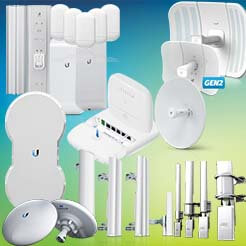






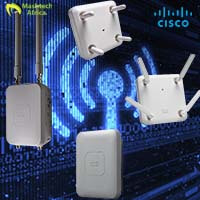

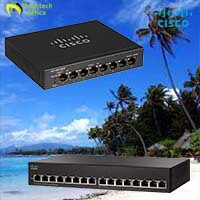

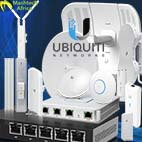
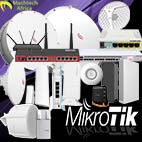
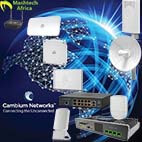

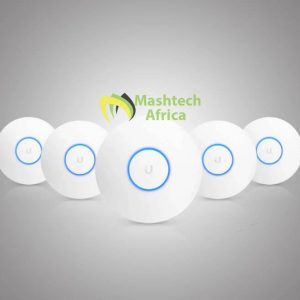 Ubiquiti Unifi Access Point UAP-AC-LITE
Ubiquiti Unifi Access Point UAP-AC-LITE  Cambium ePMP Force 180 Integrated Radio
Cambium ePMP Force 180 Integrated Radio 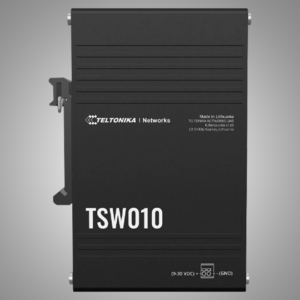 TELTONIKA 5 LAN ports 10/100 Mbps Industrial DIN rail unmanaged switch (TSW010)
TELTONIKA 5 LAN ports 10/100 Mbps Industrial DIN rail unmanaged switch (TSW010) 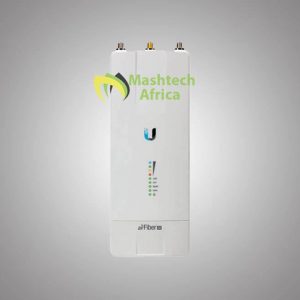 Ubiquiti Networks LTU airFiber AF-5XHD
Ubiquiti Networks LTU airFiber AF-5XHD 
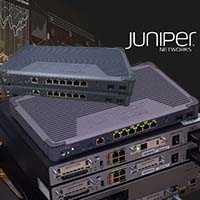


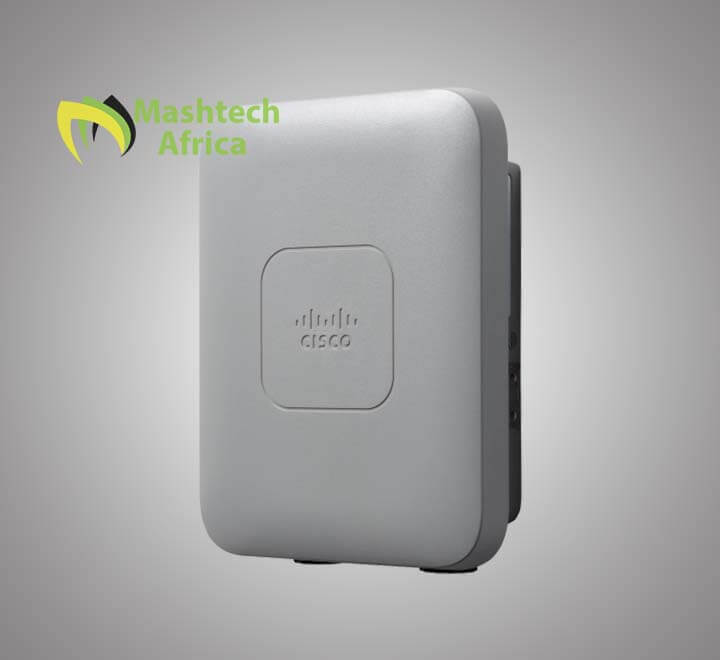
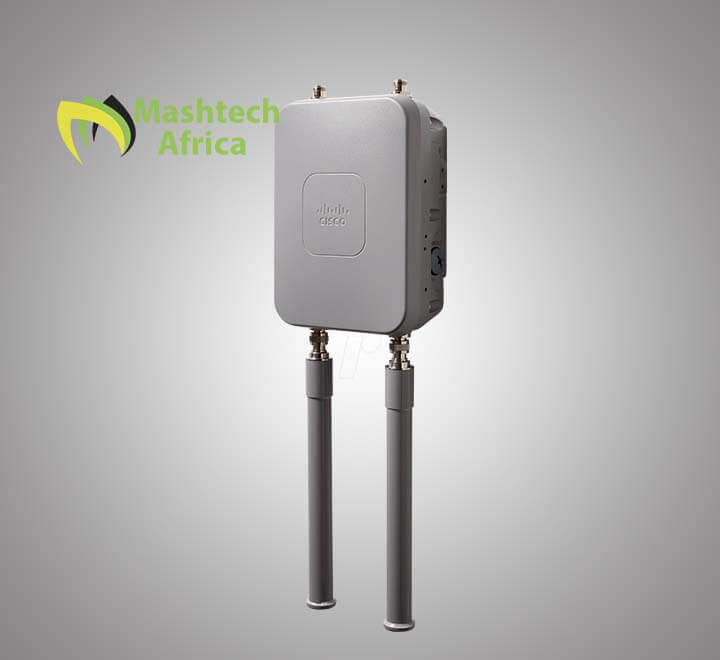
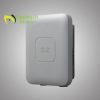
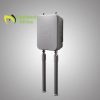

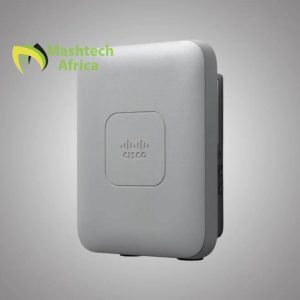
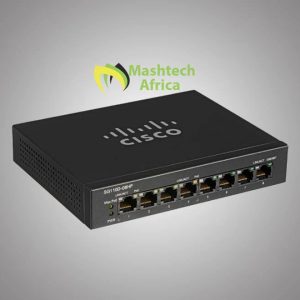
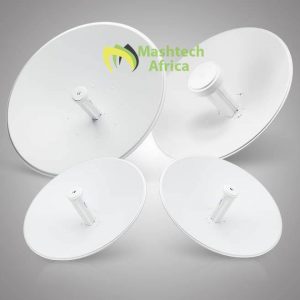




There are no reviews yet.